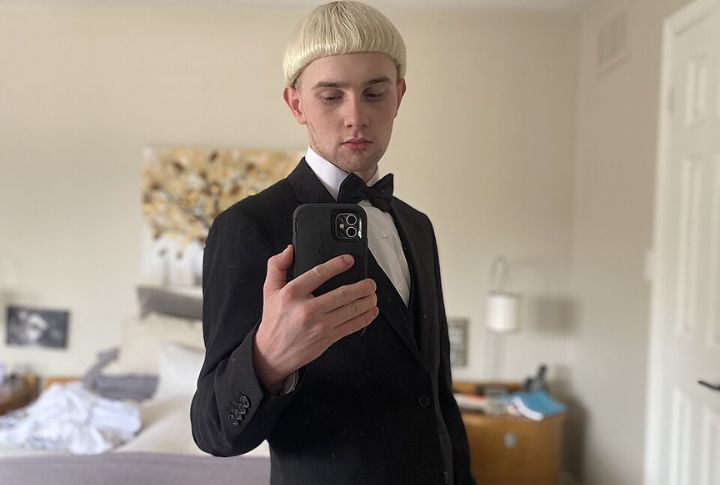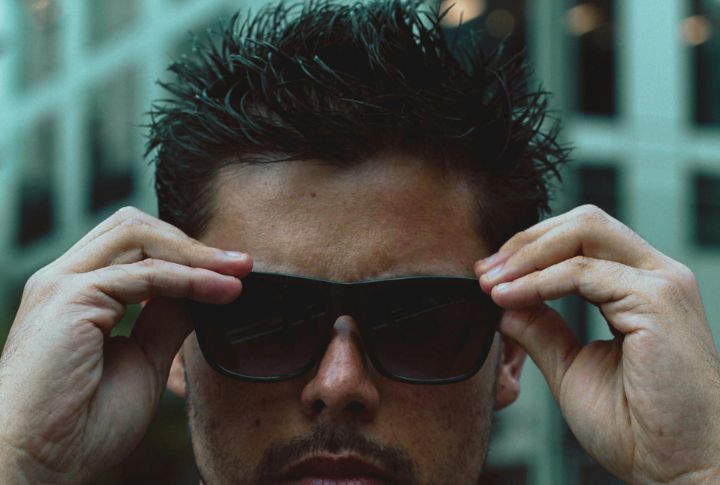
Remember when you flipped through yearbooks and spotted hairstyles that made you grin? Some of those cuts had their moment, for sure. But fashion doesn’t stand still, and neither does hair. What once turned heads now mostly sparks nostalgia—or a little regret. This article explores 20 styles that have quietly stepped out of the spotlight.
The Mullet

This popular hairstyle of the 1980s was defined by short hair in the front and long hair in the back. While it saw a brief resurgence in recent years, it is still considered outdated by most fashion standards. Many people associate it with a lack of sophistication, and it rarely fits into newer professional or social settings.
Feathered Hair

Popularized in the 1970s and 1980s, feathered hair was all about volume and layers swept back from the face. Think Farrah Fawcett’s signature look. Wearing this hairstyle requires a lot of maintenance and heavy blow-drying, which isn’t practical for most people today. It also doesn’t blend well with current minimalistic and sleek hair trends.
The Beehive

The Beehive was once a sign of high fashion and sophistication. However, it requires excessive teasing, hairspray, and maintenance to keep its structure. It is impractical for everyday wear because it gives off an overly formal or theatrical vibe. Current updos focus more on effortless, natural volume rather than stiff, helmet-like shapes.
The Rat Tail

The rat tail was once a popular style among kids and teenagers, but it’s now widely considered unfashionable. Common in the late 1980s and early 1990s, it featured a small strip of hair at the back of the head grown long while the rest was kept short. Today, the rat tail doesn’t quite complement most modern fashion trends.
Crimped Hair

Crimping irons were popular in the 1980s and 1990s and involved creating zig-zag waves that stood out. However, crimped hair often appears unnatural and overly styled, which clashes with modern beauty trends favoring soft, natural waves. The process also involves a lot of heat damage, leading to brittle and frizzy hair over time.
Frosted Tips

This trend was particularly common among men but has since faded into obscurity. A trademark of late 1990s and early 2000s boy bands, frosted tips involved bleaching just the ends of short, spiky hair. The stark contrast between the dark roots and bright ends creates an artificial look that doesn’t blend with current, more natural color trends.
The Bowl Cut

The bowl cut gets its name from its even, rounded shape. While some high-fashion versions have tried to bring it back, the classic bowl cut still carries an awkward reputation. Used by kids in the 1980s and 1990s, it lacks movement and doesn’t fit most face shapes. Instead, layered or textured cuts are a better alternative.
Victory Rolls

Though the Victory Roll was a signature look of the 1940s, it has no place among newer hairstyles. It involved large, rolled sections of hair pinned in place. Unless you’re attending a vintage-themed event, victory rolls can feel overly dramatic. More modern updos now focus on elegance with a relaxed touch.
Spiky Gelled Hair

The early 2000s saw a wave of heavily gelled, stiff spikes, often paired with frosted tips. This look was a staple of pop culture but has since become old due to its unnatural appearance. Its excessive gel use can also make hair look greasy rather than stylish. Instead, you can choose a subtle, tousled hairstyle.
The Emo Side Sweep

This style featured long, side-swept bangs that covered one eye. Though it was iconic within the subculture, it hasn’t aged well. The extreme layering and heavy bangs often require constant upkeep. Additionally, the heavy reliance on flat-ironing can damage hair over time. Current styles feature more natural bangs, making the extreme side sweep feel outdated.
The Shaggy Layers of the 2000s

During the 2000s, shaggy, choppy layers were all the rage, often seen on celebrities like Meg Ryan. However, the overly messy and disconnected layers can appear unkempt rather than stylish today. The high-maintenance styling required to keep this look fresh is another reason it has faded.
Bubble Ponytails

Made famous by 1990s pop stars, bubble ponytails involve multiple hair ties along the length of a ponytail to create rounded sections. Though fun for themed parties or costume events, this look isn’t practical for everyday wear. The structured, segmented style feels too childish and outdated. Moreover, sleek high ponytails or textured braids have replaced it.
The Liberty Spikes

Liberty spikes involve long, stiff spikes sticking straight up in all directions. It is no longer in vogue because most people today prefer hairstyles that transition easily between casual and professional settings. Additionally, the excessive use of gel and hairspray can lead to long-term hair damage. The styling effort required also makes it impractical for daily life.
Overly Teased Hair

The 1980s glam era was all about big, teased hair, often achieved with excessive backcombing and hairspray. However, this look appears outdated due to its stiff, artificial volume. Teasing can cause significant hair breakage and long-term damage. It’s a stark contrast with modern styling techniques that aim for a more natural appearance.
The Pageboy Cut

Inspired by medieval styles, the pageboy cut features straight hair with blunt bangs and curled-under ends. Though popular in the 1960s, it now looks old due to its rigid shape. Also, the lack of layers or movement makes it difficult to modernize. The Pageboy Cut often lacks versatility and can’t be adapted for different settings.
The Zig-Zag Part

The zig-zag part was a popular hairstyle in the late 1990s and early 2000s, often seen on celebrities and pop stars. It involved parting the hair in a sharp, alternating pattern instead of a straight or side part. However, compared to newer, effortless hairstyles, this hairstyle now looks overly complicated, outdated, and messy.
Chunky Highlights

Typically, this style involves bold blonde highlights on dark hair that create a dramatic and sometimes unnatural effect. In contrast, today’s hair coloring techniques favor more subtle, blended transitions like balayage and baby lights. The harsh contrast of chunky highlights can make hair look outdated and less refined, especially as it grows out.
The Pompadour (Extreme Version)

The Pompadour was popularized in the 1950s by rock icons like Elvis Presley. Modern versions of the pompadour remain stylish, but extreme variations with exaggerated height and excessive gel have fallen out of favor. These overly dramatic styles often require large amounts of product, and the towering shape can look impractical for everyday wear.
The Rachel Cut

Inspired by Jennifer Aniston’s character on “Friends,” the Rachel cut was one of the most iconic hairstyles of the 1990s. This voluminous style featured face-framing highlights and flicked-out ends. Yet, despite its initial appeal, the Rachel cut proved to be high maintenance, requiring frequent trims and blow-drying. Even Jennifer herself admitted that she disliked the cut.
The Faux Hawk (Overdone Versions)

The faux hawk became a popular alternative to the traditional mohawk in the early 2000s. It was widely adopted by men who wanted a rebellious style without fully committing to shaving the sides of their heads. However, overdone versions—characterized by stiff, gelled peaks and exaggerated height—have since fallen out of favor.

Comments
Loading…